Paradigms of Buddhism
This volume begins with the polity of interactive diversity wherein symbiosis of economic, social and cultural values can enrich life. The second chapter is on development and transcendent dimensions as constituents of renaissance. The Chinese intellectuals called the cultural revolution the thousand weeds, which can be uprooted by the wisdom of Sutras. The fourth chapter on cultural plenitude discusses that Gross National Production should not become Gross National Pollution. The ninth chapter is a glimpse of the vast spread of the Mahabharata in Asian lands. The earliest period of India the Indus civilization had the decimal system. Ladakh is not Southern Tibet but the Land of Dards (ch.12). Buddhism and the NW (ch.14) deals with Mithraic traditions being introduced into Buddhism e.g. Sakyamuni is replaced by Amitabha. Vikramasila (ch.15) had international relations. Nalanda with its splendour and serenity made Hsuan-tsang term Dharma as sweet dew. Dandan Uiliq and other Central Asian areas became dynamic in the eastward transmission of Buddhism (chs.19, 20). Javanese bronzes of Vairocana and his consort Vajradhatvisvari have been identified clearly (ch.23). The 108 Lokesvaras (not Avalokitesvaras) of Macchandar Vahal have been precisely identified. Dharma-kosa-sangraha of Amrtananda was the foundation of Buddhist studies. Its facsimile edition (ch.30) is to reconsider certain basic assumptions, like the Five Dhyani-Buddhas. Research notes and restoration of dharanis in the Siddham script in the Taisho Tripitaka provide a glimpse of the life facets of Buddhism.
Get it now and save 10%
BECOME A MEMBER

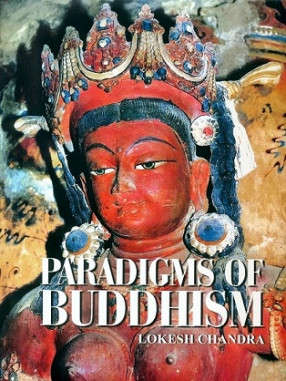
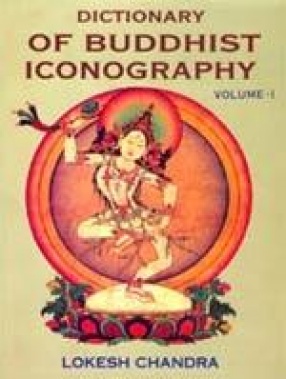
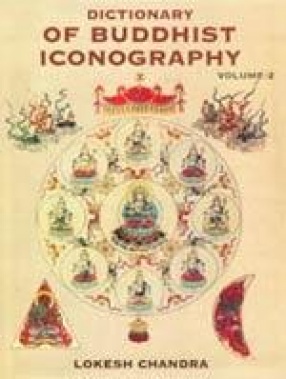
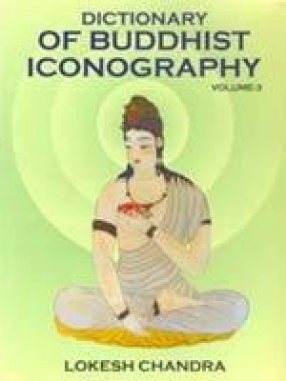
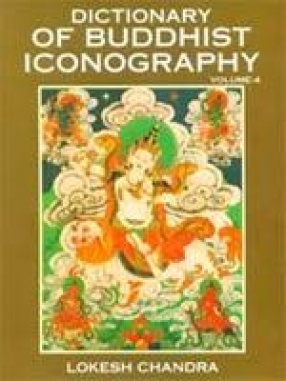
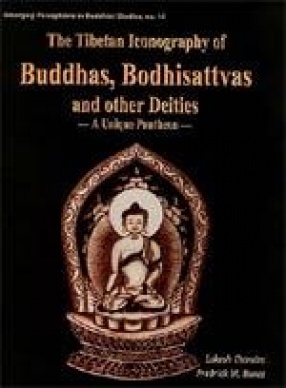
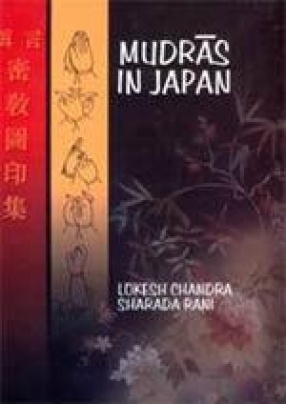
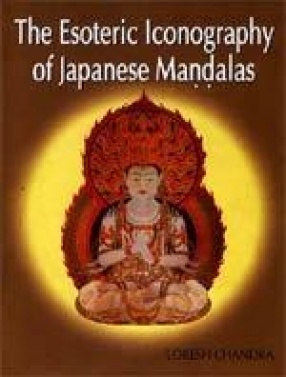

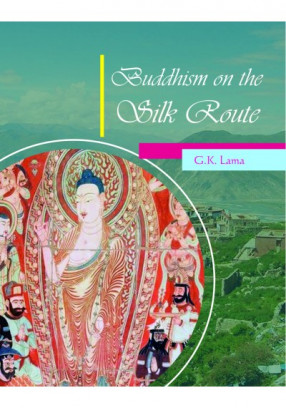
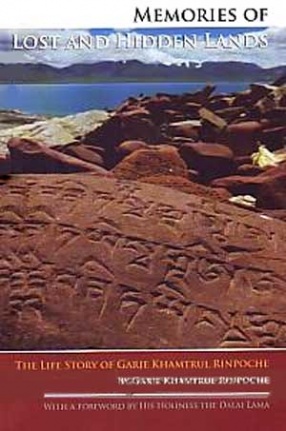
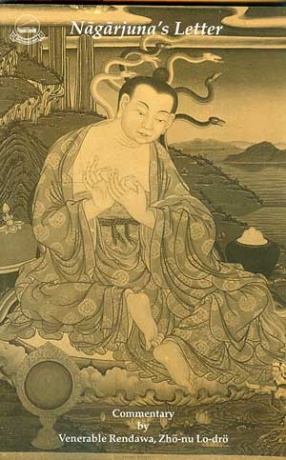
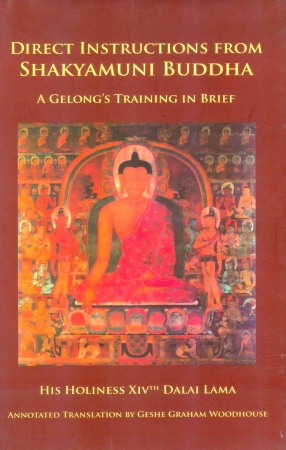

Bibliographic information